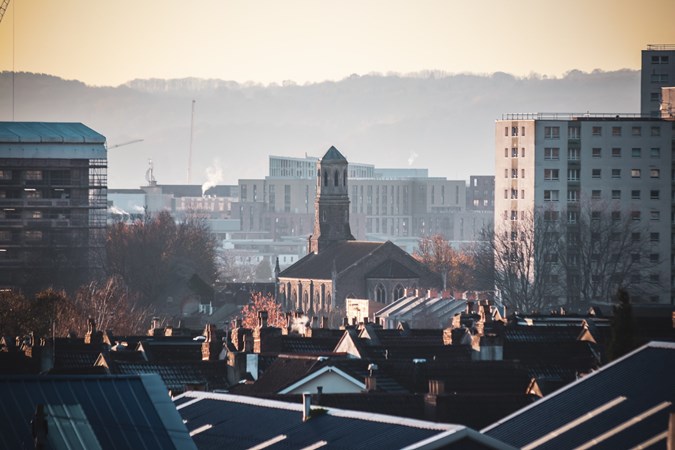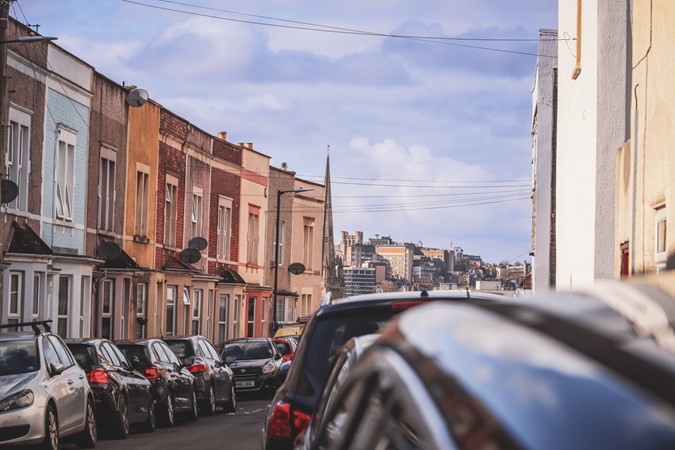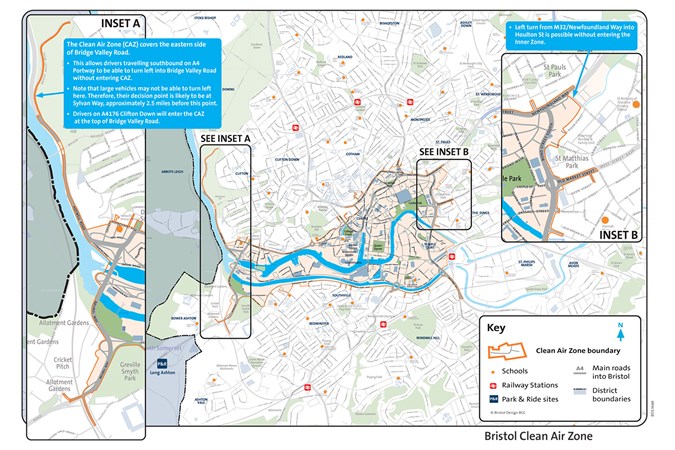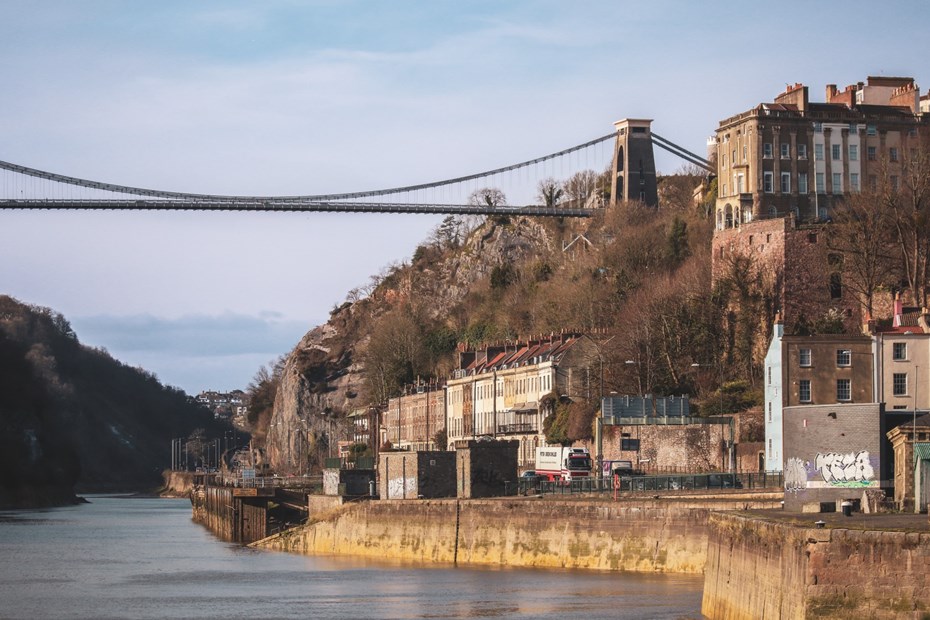A Clean Air Zone (CAZ) – similar to an Ultra Low Emission Zone (ULEZ) – has been imposed in Bristol’s city centre since November 2022. The scheme was set up to curb Bristol’s developing pollution problem – 28 sites exceeded legal limits in 2021 – and to meet a government mandate on air pollution as soon as possible.
Like the London ULEZ, Bristol’s CAZ terms require any motorist driving through the zone to pay a daily fee if their car does not comply with emissions standards – low emissions cars are exempt. However, while the London ULEZ is a far larger and more encompassing initiative that cover most boroughs, Bristol’s CAZ is area specific, targeting key roads.
The zone itself has been designed to limit air pollution in areas where it poses the highest potential threat to public health, with urban population regions and school sites included within its borders.
But how will it affect you as a motorist? On this page, we’ll explore the details of Bristol’s Clean Air Zone, how it works and whether you may be liable to pay the daily charge.
Latest news…
Since the introduction of Clean Air Zones (CAZ) in November 2022, Bristol has achieved a significant milestone with a 10% improvement in air quality, as revealed in the first public report on the scheme’s progress.
The CAZ cabinet report shows that 88% of journeys into the zone are made in compliant vehicles.
The Mayor of Bristol, Marvin Rees, stated in the foreword of the report: ‘The air that we all breathe is cleaner than it was in November 2022. Nitrogen dioxide pollution is down by ten percent across Bristol and is almost 13 percent lower inside the Clean Air Zone (CAZ). Outside the Bristol Royal Infirmary and Children’s Hospital, nitrogen dioxide is down by around 20 percent. And almost 9 in 10 journeys through the CAZ are now in compliant vehicles, up from a year ago.’
Diffusion tubes, monitoring air quality at nearly 170 locations across Bristol, have been analysed in a laboratory. The Joint Air Quality Unit (JAQU) produced the first interim report on the zone, and data from these devices, shows that the greatest improvements have been observed at:
- Bedminster Down Road: down 27% (site 418)
- Hotwell Road: down 26.5% (site 555)
- Park Row: down 27.5% (site 597)
- Upper Maudlin Street by the Bristol Royal Infirmary: down 27% (site 665)
- Merchants Road: down 24% (site 254)
JAQU’s State 2 Assessment report, which will provide the official evaluation of the first year of the CAZ in Bristol, is scheduled for release in summer 2024.
What is the Bristol Clean Air Zone?
A Clean Air Zone is a specified region – usually within an urban area – with more stringent rules on air pollution, targeting high-polluting vehicles to manage the problem. Bristol’s CAZ is a Class D, meaning buses, coaches, taxis, private hire vehicles, heavy goods vehicles, vans, minibuses and cars could all be liable to pay the charge if the vehicle does not comply with emissions regulations.

By charging the drivers of highly polluting vehicles a daily fee, the scheme incentivises drivers to either avoid the area, consider switching to a cleaner mode of transport or upgrade the vehicle.
Which vehicles won’t incur charges in the Bristol Clean Air Zone?
The Bristol CAZ does not apply to petrol cars that meet Euro 4, Euro 5 or Euro 6 emissions standards – usually those built since 2005. Diesel drivers don’t have to pay the charge if their vehicle has a Euro 6 rating – those built since 2015 usually do.
Some other exemptions for the Bristol CAZ include:
- Electric vehicles
- Disabled passenger class class vehicles
- Disabled tax class vehicles
- Military vehicles
- Historic vehicles
- Certain types of agricultural vehicles
- Vehicles retrofitted with technology accredited by the Clean Vehicle Retrofit Accreditation Scheme (CRAVS)
If you want to check whether your car will incur charges, you can do so by using the vehicle checker service on the government website.
How much is the Bristol Clean Air Zone charge?
Bristol’s CAZ charges depend on the type of vehicle driven through the zone. See below for a breakdown of the daily charge rates.
• Private petrol and diesel cars: £9
• Taxis: £9
• Light Goods Vehicles (under 3.5 tonnes): £9
• Heavy Goods Vehicles (over 3.5 tonnes): £100
• Buses: £100
• Coaches: £100
How do I pay the charge?
If you have driven through the Clean Air Zone, you have until midnight to pay the fee. Charges apply 24 hours a day, midnight to midnight, right through the year, and can be paid up to six days in advance or six days after entering the zone. Be aware, you will not be notified of any charges incurred – it’s the responsibility of the driver to know if they need to pay.

To pay the fine, visit the clean air zone portal of the government website (this is also where you can check whether your car is exempt) and follow the steps to pay the fee. On the day of travel, you’re free to enter and leave the zone as many times as you wish, you’ll only be charged once until midnight, at which point the charge resets.
If you fail to pay the fee within six days of passing through the zone, you will be issued a £120 fine – reduced to £60 if paid within two weeks – so always best to check first before travelling. If you feel you have been wrongly fined, you can appeal the PCN on the Bristol City Council Website.
What happens if I park in the zone overnight?
If you park your car in the zone overnight and do not move it the next day, you will only be charged one fee as stationary cars do not incur charges. However, on the day that you move your car, no matter how far, you will be charged again. Residents will also have to pay the fee if they move their car in the zone, but won’t be charged to park overnight.
How big is the Bristol Clean Air Zone?
The current Bristol CAZ extends east from Avon Gorge (including Hotwell Road) to the borders of Newtown and the Bristol Temple Meads train station, with the A4044 also included within the perimeter.
See the full map below for more details.

Remember, whether you think your car may be exempt from the charge or not, always check before visiting.
Can I upgrade my vehicle to avoid Clean Air Zone charges?
Yes, upgrading to a vehicle that meets the required emission standards can help you avoid charges. Many cities offer grants or financial assistance to help residents and businesses, with the Office for Zero Emission Vehicles on the government website offering a range of grants to help people choose cleaner vehicles.
Just so you know, we may receive a commission or other compensation from the links on this website - read why you should trust us.










